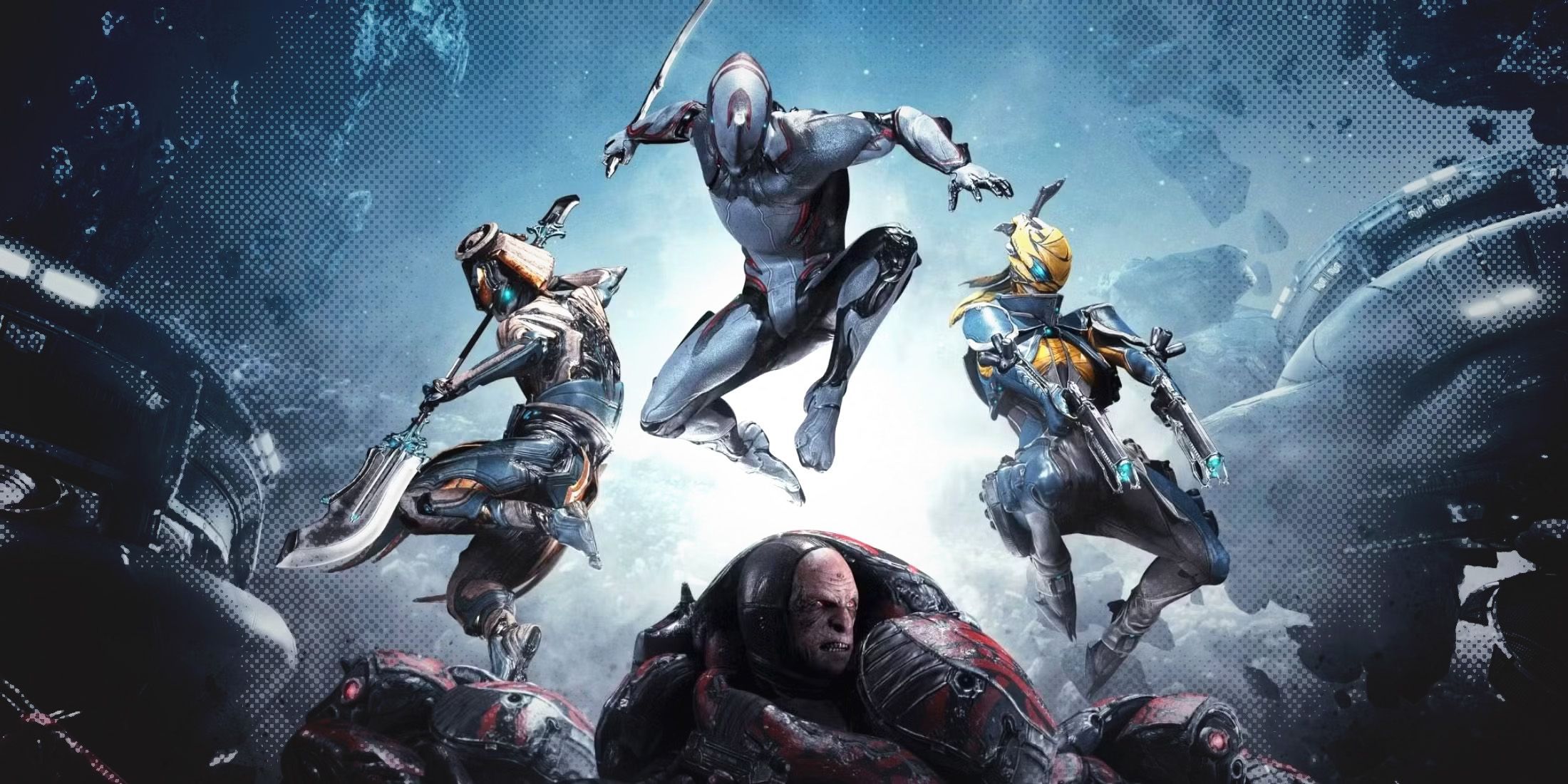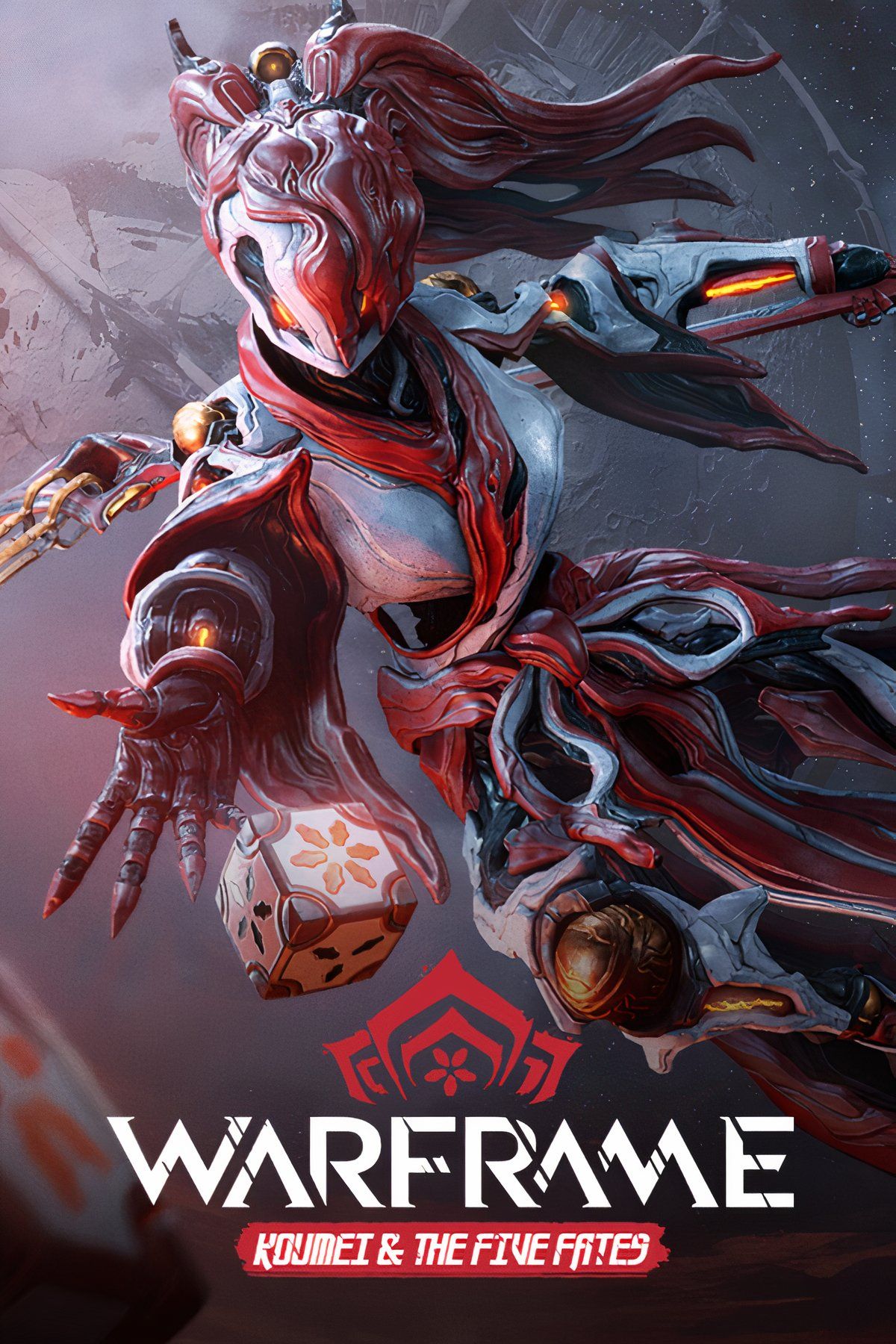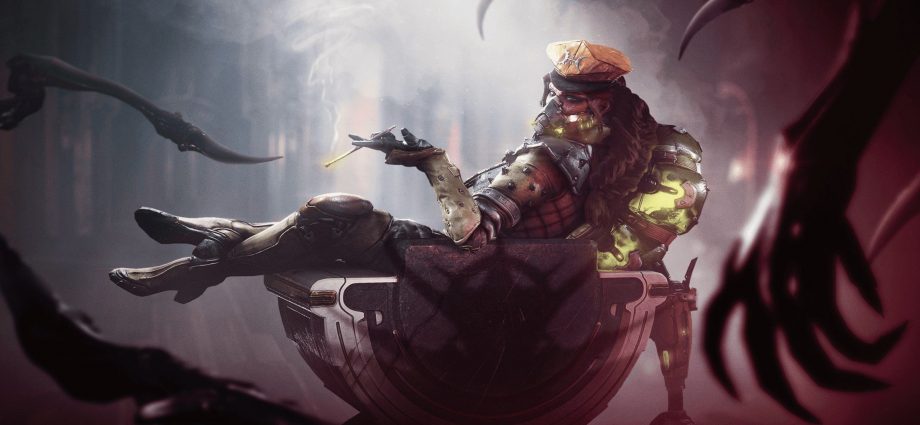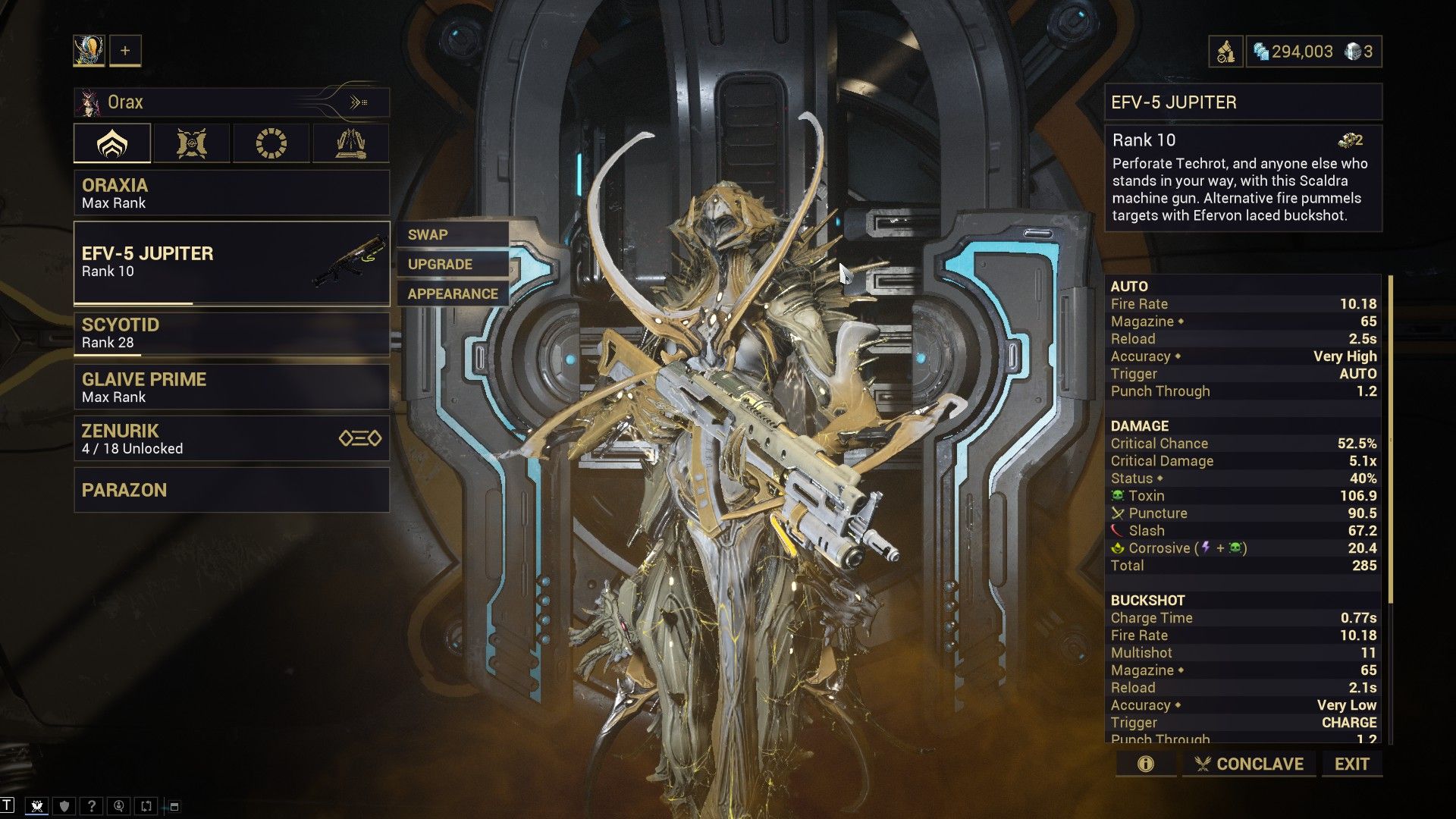Warframe‘s latest expansion, Isleweaver, is finally bringing a spider-themed playable character to the game, something fans have wanted for years. In addition, this new character, Oraxia, serves as an interesting example of Warframe‘s design pipeline—from concept to completion.
Warframe‘s new Isleweaver update has brought a great many features to the game, from a continuation of 1999’s story to a number of quality-of-life improvements. Perhaps the most notable of these additions, though, is the new Warframe Oraxia. Game Rant sat down with principal artist Nikita Leshakov and lead animator Jay Baker, both of whom discussed the process of bringing Warframes to life and how that pipeline met the needs of Oraxia.

Related
Warframe Is Overhauling Its New Player Experience
Digital Extremes outlines some major Warframe changes that it’s set to make with the goal of overhauling the game’s new player experience.
The Process of Designing Warframes Like Oraxia Explained
The Warframe Pipeline
In discussing the Warframe design process, Leshakov spoke about a scenario wherein the art team led the charge in bringing about a new Warframe. Leshakov then went on to describe the game design team refining that idea, honing mechanics around the art:
“I’m no game designer, but I still think of mechanics and abilities when pitching a design. That was the case with Lavos, and it’s the same with Oraxia—I draw a crude sketch for the visuals, and write out some loose ideas for potential abilities underneath. I then send those to Pablo Alonso (our Design Director). Of course, my ideas are pretty bad sometimes, so he and the design team get to come up with something that works way better.
There’s a bit of back and forth after that—some design ideas come from the visuals, some visuals are made to accommodate design. Oraxia initially didn’t have long spider legs (she did have spider limbs, wrapping around her ribcage, mostly for flavor, not for function)—I didn’t think “spider mode” walking was something we could pull off, but they showed a rough prototype to me that convinced me to make the extra legs happen.”
As expected, the process certainly comes with some push and pull, with the needs of art and mechanics informing and shaping each other. However, this example of the Warframe creation process nonetheless presents art as the impetus, showing the art team pitching a design. This may not be the case for every Warframe, but many likely follow a similar path, beginning from art or narrative rather than as a vessel for a mechanical need—though pitched designs are certainly bent towards answering mechanical needs.
Warframe’s Oraxia Had an Interesting Design Process
In terms of adding Oraxia to Warframe, Baker brought up an interesting detail about her implementation. Baker, when discussing the timeline for implementing Warframes, spoke about how she faced several delays:
“Timelines are pretty standard at this point, but in some cases, based on the success/failures of prototyping ideas, they can be pushed to the limit. In the case of Oraxia, there were several unforeseen hiccups that resulted in rethinking the design, animation, and overall implementation. We always strive to create something we are proud of in the given timeframe, and we absolutely think we delivered with that here.”
Leshakov added, “I think the design process for this one was rather chaotic. Since I was responsible for both the concept and the final model, the actual ‘concept art’ for Oraxia never materialized—at some point, I just started designing as I was sculpting.” When it comes to how Oraxia came to Warframe, her inclusion certainly seems to have some irregularities when looking at the pipeline brought up by Leshakov, which lines up with Leshakov’s statement that the loose concept of a spider Warframe is something that’s been around “Longer than I’ve worked here.” Bringing such a fan-demanded concept to reality is something the team has clearly been attempting for longer than most Warframe design cycles, and now fans can finally enjoy the fruits of that labor with Oraxia.

Warframe
- Released
-
March 25, 2013
- ESRB
-
M for Mature: Blood and Gore, Violence
- Engine
-
Evolution Engine

